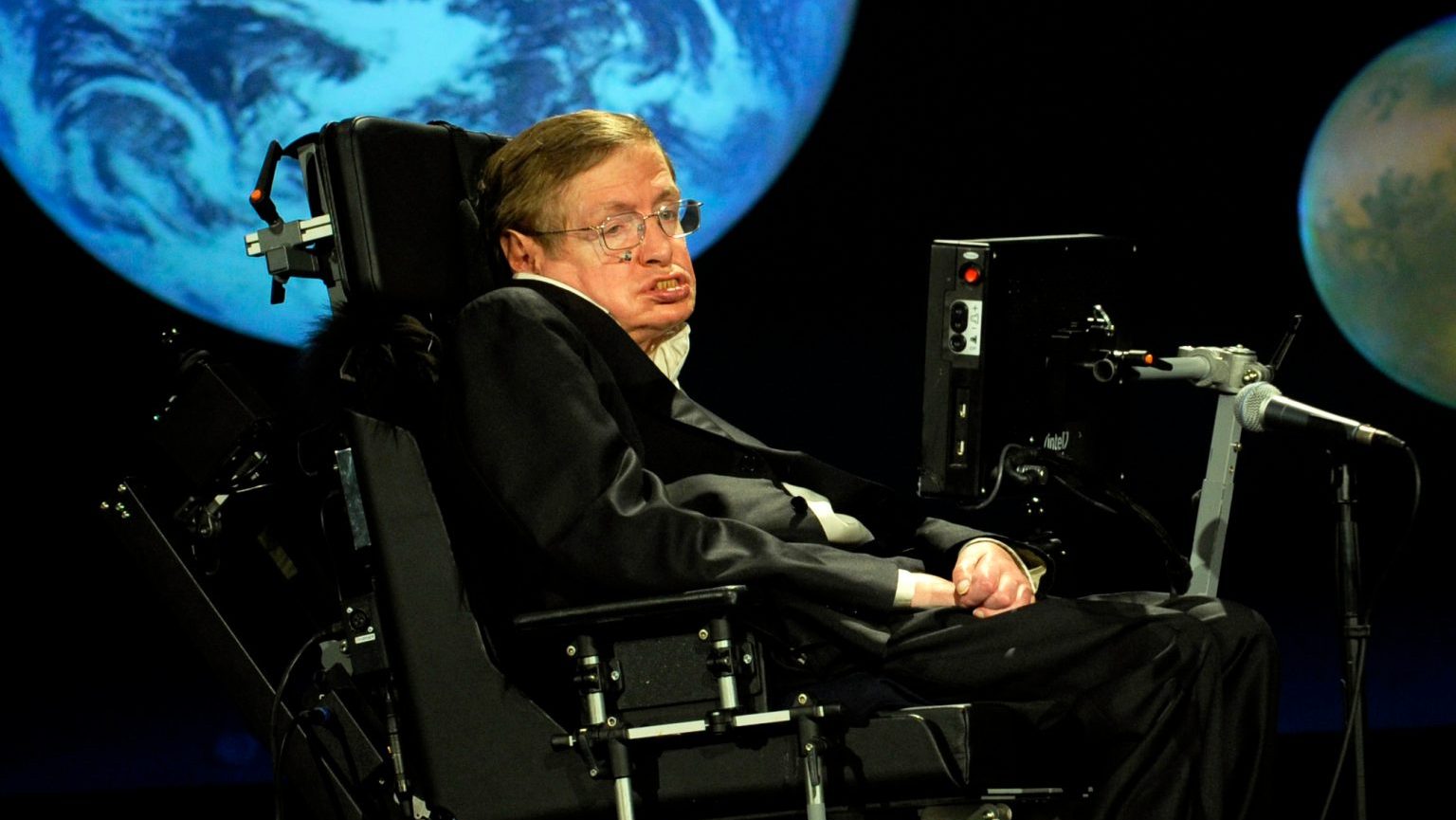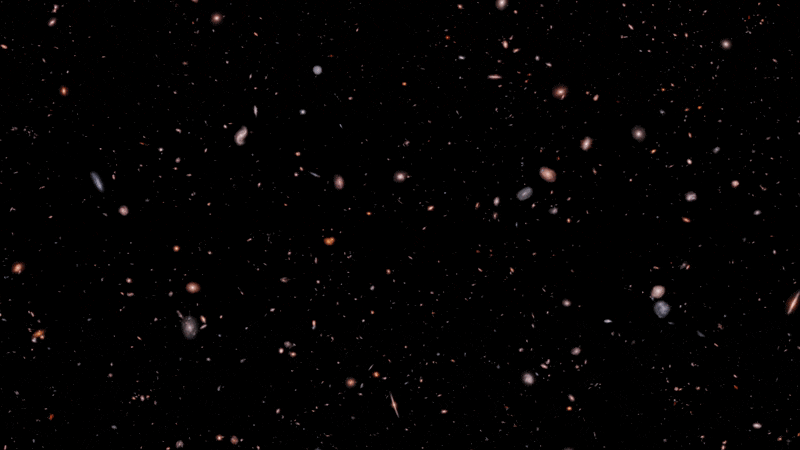What is telomerase? How was it identified? And why did the discovery take 25 years to win the Nobel? Biologist Carol Greider shares the inside story.
Question: What was the telomere problem and how did you solve it?
Carol Greider: Well, at the basic level it has to do with how cells can divide many times. What was known in the late 1970s was that when you copy a chromosome, the way that the mechanism copies a chromosome, every time a cell divides, the very, very end bit can't be completely copied. And so then the idea was that the chromosomes, or the telomeres, which are the chromosome ends, would get shorter and shorter and shorter every time a cell divides. And that can't happen indefinitely; there has to be some mechanism which will balance that shortening. And that's where the discovery of telomerase comes in. And so for any cell that has to divide many times, they need to have a way to balance so that there's some shortening and some lengthening and some shortening and some lengthening, and an equilibrium is then maintained so that the cells can then go on and divide.
Question: What was your methodology in making the discovery?
Carol Greider: We were very interested in, as I said, telomeres and chromosomes and how they functioned. And so we really went to the source where there are a lot of telomeres. And this was something that Liz Blackburn had done a number of years before, when she had discovered the DNA sequence that telomeres is made up of. And it's a very, very simple repeated DNA sequence that is sort of a monotonous many, many, many repeats. And she had discovered the telomere DNA sequence in this organism called tetrahymena; it's a single-celled organism very much like the paramecium that high school students might go out to a pond and bring back some pond water and see the paramecium floating around. The thing about tetrahymena is that they have 40,000 chromosomes. And so it was a very good source to be able to understand what the ends of the chromosomes were. So when we set out to ask, is there an enzyme that can lengthen the chromosomes to balance the shortening, we went again to tetrahymena, and you can just get these organisms and grow them up in the laboratory. So we would grow up a large batch of the cells, and then you spin the cells down in a centrifuge so you make a very compact collection of them, and then break them open to get the insides of the cells out so that you can understand what is going on inside the cells.
Question: Was the 25-year delay in recognizing your discovery unusual?
Carol Greider: I think it's more that the discovery was made in 1984, and it was clear that it was important at the time. But it was important as a very basic cellular mechanism. And there wasn't a lot of questions; I didn't get a lot of people doubting what the conclusion was. But instead, it wasn't clear what the implications were. In the 25 years that have intervened, my lab and Liz's lab and a number of other labs throughout the world have contributed all kinds of different ideas from different avenues that have made it very clear now what the medical implications are. And so there are clear medical implications that we didn't know at all at the beginning. We were just solving a puzzle because we were curious about how cells worked, although we knew that it was a fundamental mechanism. We weren't just doing experiments just to find out anything, but rather to really understand how a cell works. And the 25 years in between really has allowed it to be clear what the implications of that discovery were.
Recorded November 10th, 2009
Interviewed by Austin Allen





